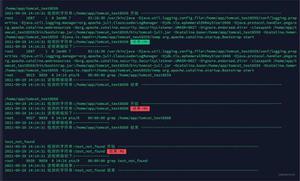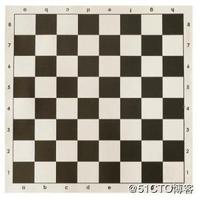numpy 数组运算符
示例
x = np.arange(4)x
#Out:array([0, 1, 2, 3])
标量加法是元素明智的
x+10#Out: array([10, 11, 12, 13])
标量乘法是元素明智的
x*2#Out: array([0, 2, 4, 6])
数组加法是元素明智的
x+x#Out: array([0, 2, 4, 6])
数组乘法是元素明智的
x*x#Out: array([0, 1, 4, 9])
点积(或更一般地说是矩阵乘法)是通过一个函数完成的
x.dot(x)#Out: 14
在Python 3.5中,该@运算符被添加为用于矩阵乘法的中缀运算符
x = np.diag(np.arange(4))print(x)
'''
Out: array([[0, 0, 0, 0],
[0, 1, 0, 0],
[0, 0, 2, 0],
[0, 0, 0, 3]])
'''
print(x@x)
print(x)
'''
Out: array([[0, 0, 0, 0],
[0, 1, 0, 0],
[0, 0, 4, 0],
[0, 0, 0, 9]])
'''
追加。返回带有附加值的副本。不到位。
#np.append(array, values_to_append, axis=None)x = np.array([0,1,2,3,4])
np.append(x, [5,6,7,8,9])
# Out: array([0, 1, 2, 3, 4, 5, 6, 7, 8, 9])
x
# Out: array([0, 1, 2, 3, 4])
y = np.append(x, [5,6,7,8,9])
y
# Out: array([0, 1, 2, 3, 4, 5, 6, 7, 8, 9])
hstack。水平堆栈。(列堆栈)
vstack。垂直堆栈。(行堆栈)
# np.hstack(tup), np.vstack(tup)x = np.array([0,0,0])
y = np.array([1,1,1])
z = np.array([2,2,2])
np.hstack(x,y,z)
# Out: array([0, 0, 0, 1, 1, 1, 2, 2, 2])
np.vstack(x,y,z)
# Out: array([[0, 0, 0],
# [1, 1, 1],
# [2, 2, 2]])
以上是 numpy 数组运算符 的全部内容, 来源链接: utcz.com/z/337894.html





